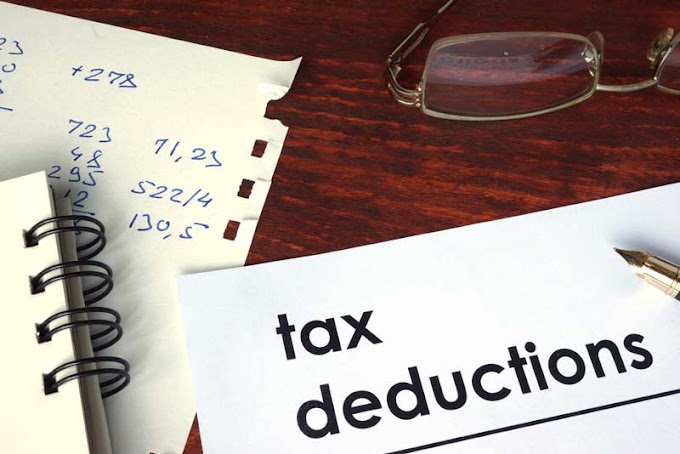National student loans have made it possible for students to finance their education, but what happens when borrowers face financial difficulties and are unable to repay their loans? Bankruptcy is often considered as an option, but how does it impact national student loans? In this article, we will explore the connection between national student loans and bankruptcy, and provide you with the information you need to make informed decisions.
Overview of National Student Loans
National student loans are a type of loan that is provided by the federal government to help students finance their education. There are two main types of national student loans: subsidized and unsubsidized. Subsidized loans are based on financial need, and the government pays the interest on the loan while the borrower is in school. Unsubsidized loans are available to all students, regardless of their financial need, but the borrower is responsible for paying the interest.
To be eligible for national student loans, borrowers must meet certain criteria, including being enrolled at least half-time in a qualified program, maintaining satisfactory academic progress, and not having a defaulted student loan.
Repayment options for national student loans include standard repayment, which involves fixed monthly payments over a 10-year period, as well as income-driven repayment plans, which are based on the borrower's income and family size.
Bankruptcy and Student Loans
Bankruptcy is a legal process that allows individuals to eliminate or reduce their debt. However, not all debts are dischargeable in bankruptcy, and national student loans are one of them. National student loans are considered to be non-dischargeable debts, which means that they cannot be eliminated through bankruptcy.
The Brunner Test
Although national student loans are typically non-dischargeable in bankruptcy, there is a possibility that they can be discharged if the borrower meets the requirements of the Brunner Test. The Brunner Test is a legal standard that is used to determine if a borrower's student loans can be discharged in bankruptcy.
The Brunner Test consists of three prongs:
- The borrower is unable to maintain a minimal standard of living based on their current income and expenses
- The borrower's financial situation is unlikely to change in the foreseeable future
- The borrower has made a good faith effort to repay their student loans
If a borrower meets all three prongs of the Brunner Test, they may be able to discharge their national student loans in bankruptcy. However, meeting the Brunner Test can be challenging, and it's not a guarantee that the student loans will be discharged.
Alternative Options for Repaying National Student Loans
While discharging national student loans in bankruptcy is difficult, there are alternative options for borrowers who are struggling with repayment. One option is income-driven repayment plans, which can lower monthly payments and extend the repayment period based on the borrower's income and family size.
Another option is loan forgiveness programs, which forgive a portion of the borrower's student loans after a certain period of time or for working in certain professions. Examples of loan forgiveness programs include Public Service Loan Forgiveness and Teacher Loan Forgiveness.
Finally, borrowers may also consider student loan consolidation, which combines multiple federal student loans into one loan with a fixed interest rate. This can simplify repayment and potentially lower monthly payments.
Conclusion
In conclusion, national student loans are typically non-dischargeable in bankruptcy, but borrowers may be able to discharge them if they meet the requirements of the Brunner Test. However, there are alternative options for repayment, including income-driven repayment plans, loan forgiveness programs, and student loan consolidation. It's important for borrowers to seek professional advice and explore their options before making any decisions.
FAQs
a. Are National Student Loans Dischargeable in Bankruptcy?
National student loans are typically non-dischargeable in bankruptcy, but they may be discharged if the borrower meets the requirements of the Brunner Test.
b. What is the Brunner Test?
The Brunner Test is a legal standard that is used to determine if a borrower's student loans can be discharged in bankruptcy. It consists of three prongs: the borrower is unable to maintain a minimal standard of living, the borrower's financial situation is unlikely to change, and the borrower has made a good faith effort to repay their student loans.
c. Can Income-Driven Repayment Plans Help with National Student Loan Repayment?
Yes, income-driven repayment plans can lower monthly payments and extend the repayment period based on the borrower's income and family size.
d. Are There Any Loan Forgiveness Programs for National Student Loans?
Yes, there are loan forgiveness programs for national student loans, such as Public Service Loan Forgiveness and Teacher Loan Forgiveness.
e. How Does Student Loan Consolidation Work?
Student loan consolidation combines multiple federal student loans into one loan with a fixed interest rate, which can simplify repayment and potentially lower monthly payments.







